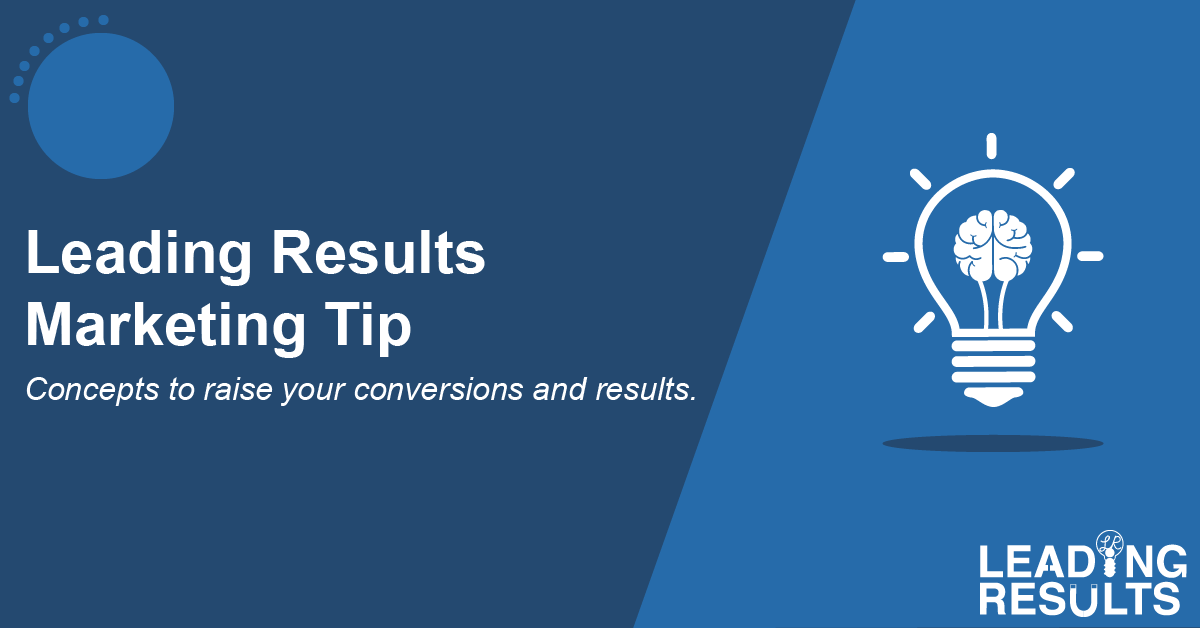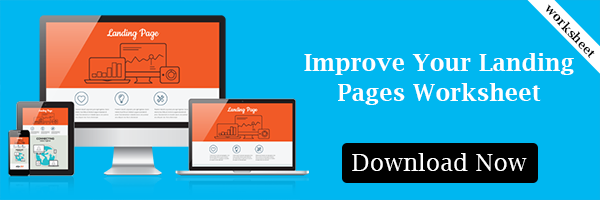Some things are clickable, and some things are smartly clickable
A call-to-action (CTA) is what it sounds like – a call for someone to take action. It usually takes the form of a button on a web page that uses verbs like “download,” “learn,” “read,” etc. They’re a solid tool for inbound marketing, so you’re probably already using them to promote your landing pages.
But are you using smart CTAs? Smart CTAs are super effective for use in the buyer’s journey. Why? Because a smart CTA can change the content/text of the call-to-action depending on the visitor viewing it, giving your prospective customer a more personalized experience.
3 Benefits of Smart CTAs:
- They improve conversion rates – first times visitors might click a CTA for an eBook, but probably not one for a sales call. A smart CTA’s personalized message means better relevancy, which means more clicks. You ignore irrelevant CTAs, right?
- They improve a visitor's website experience – take Amazon as an example of this. When you visit their site, they have a section of stuff they think you’ll like. Sure, it’s just based off your old searches, but it makes you feel kind of special, doesn’t it?
- They delight your customers – when a new visitor gets to your site, try a CTA that simply welcomes them. The next time they come, the smart CTA will have changed the offer to something appropriate for that visitor. Would you prefer visiting not-so-pushy pages?
CTAs are a must-have tool for your inbound marketing. Without a “call-to-action," your site visitors may never take action! (Ok, that may be a bit of an exaggeration.) Even so, if you're not using CTAs, you should be, and if you are using CTAs, it's time to graduate to Smart CTAs.
Check back next week to learn how to build a smart CTA!


Submit Your Comment